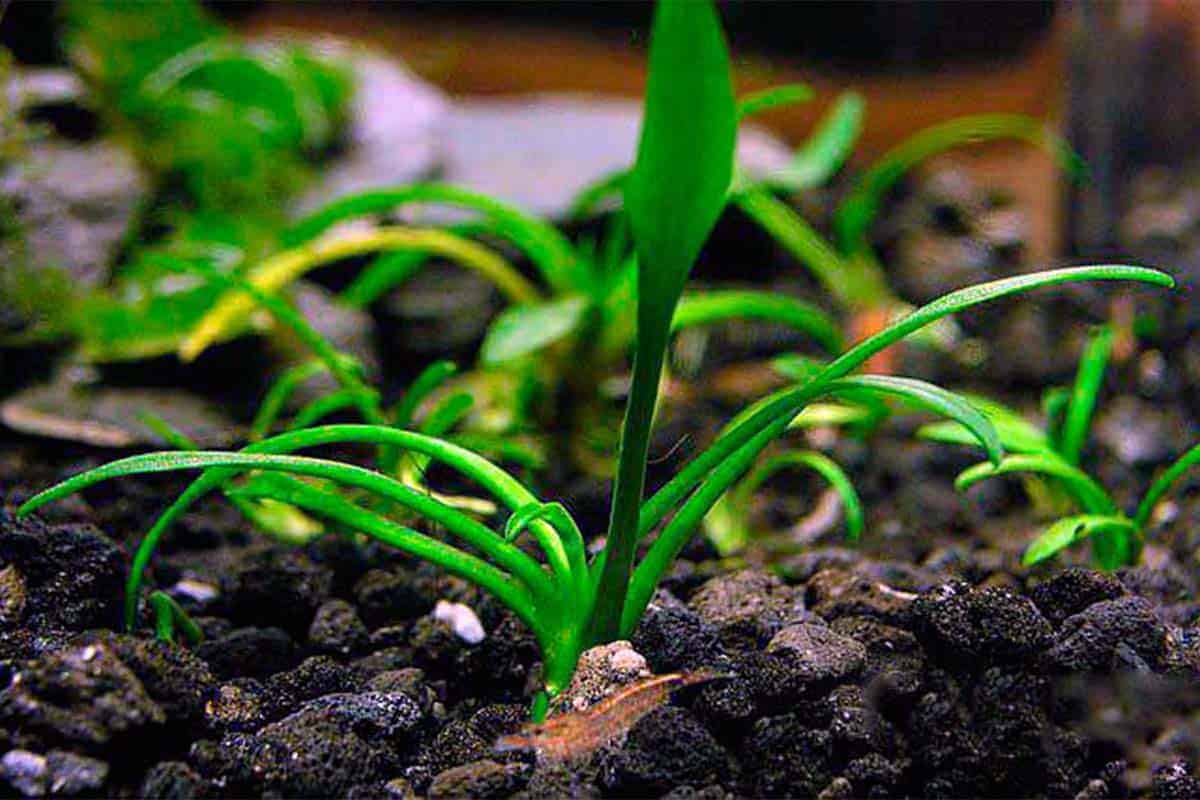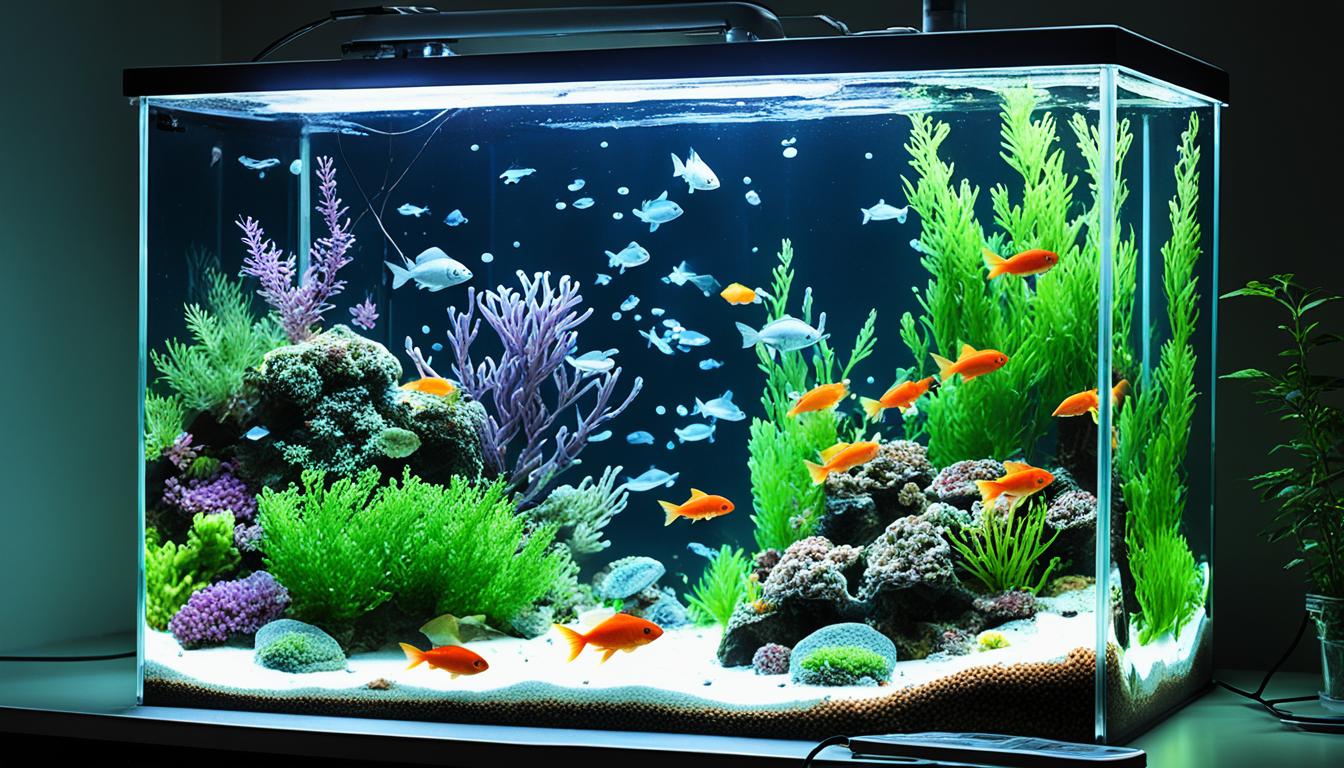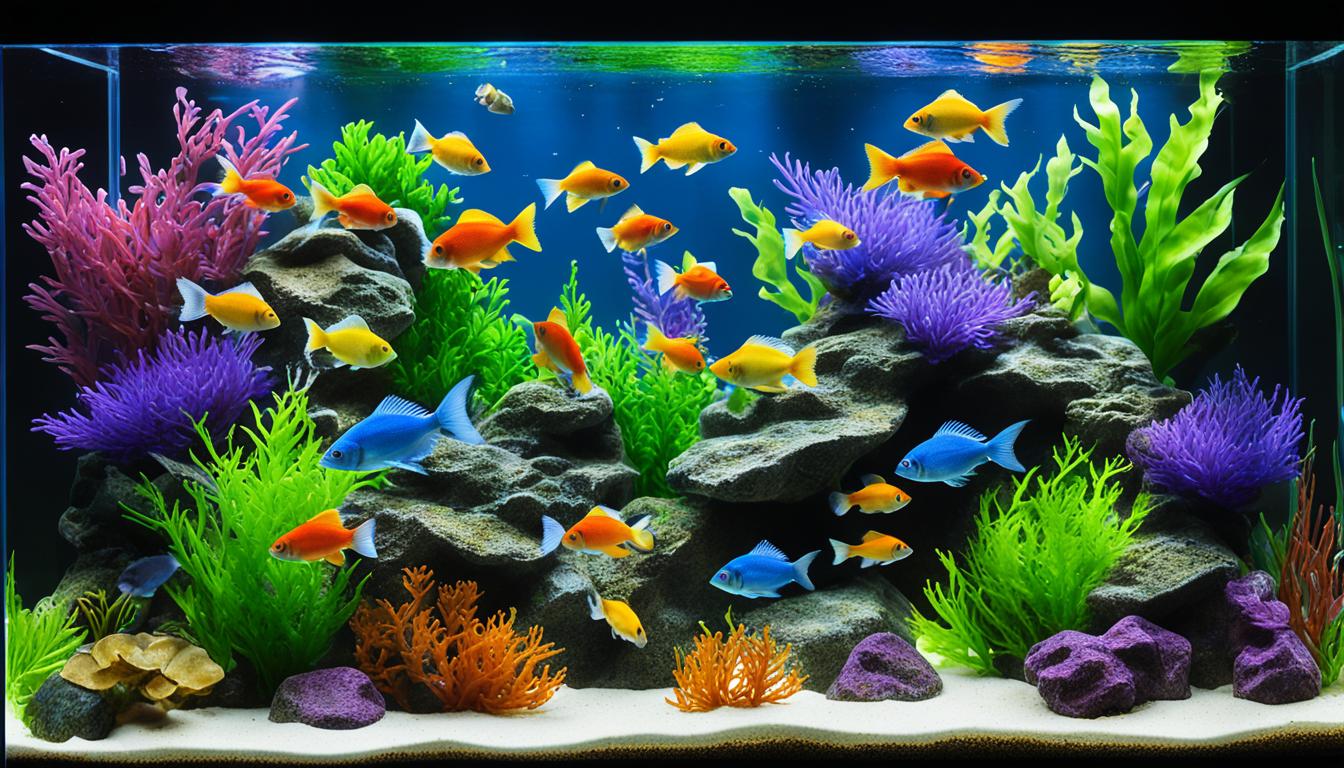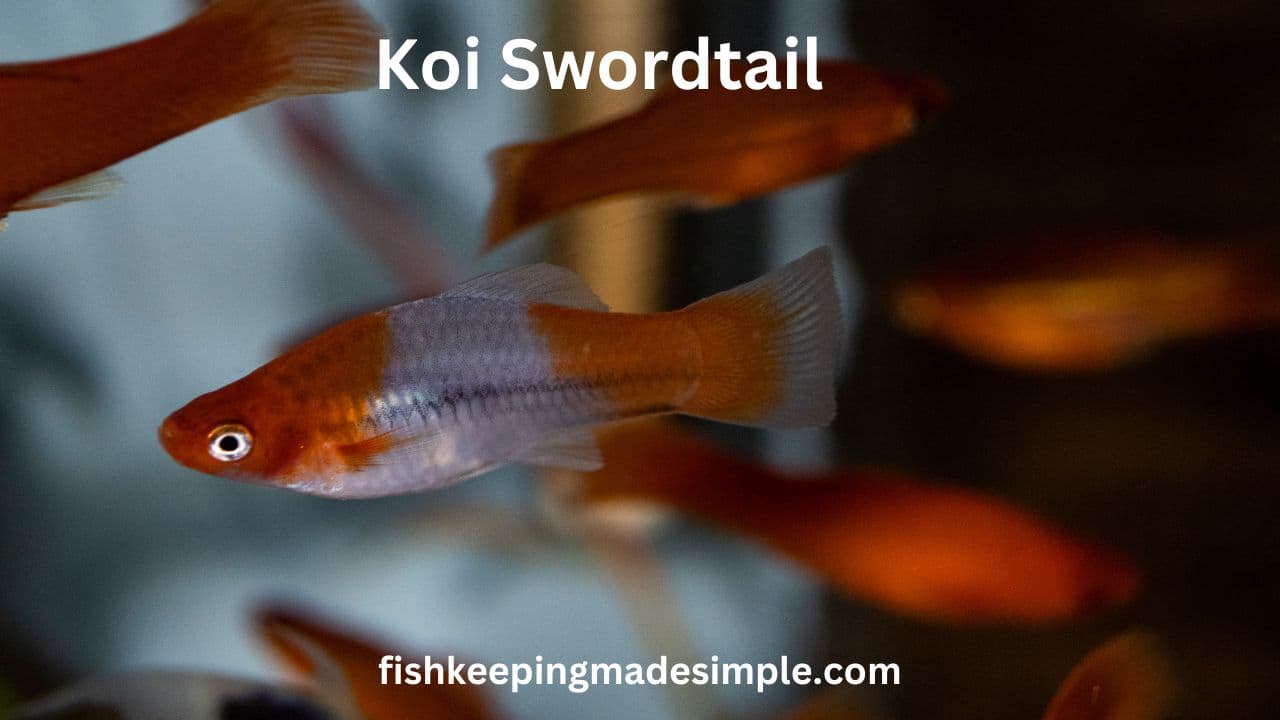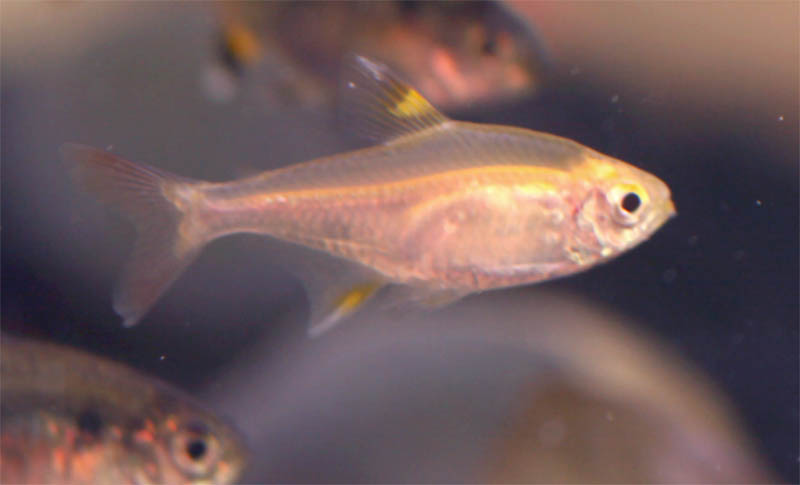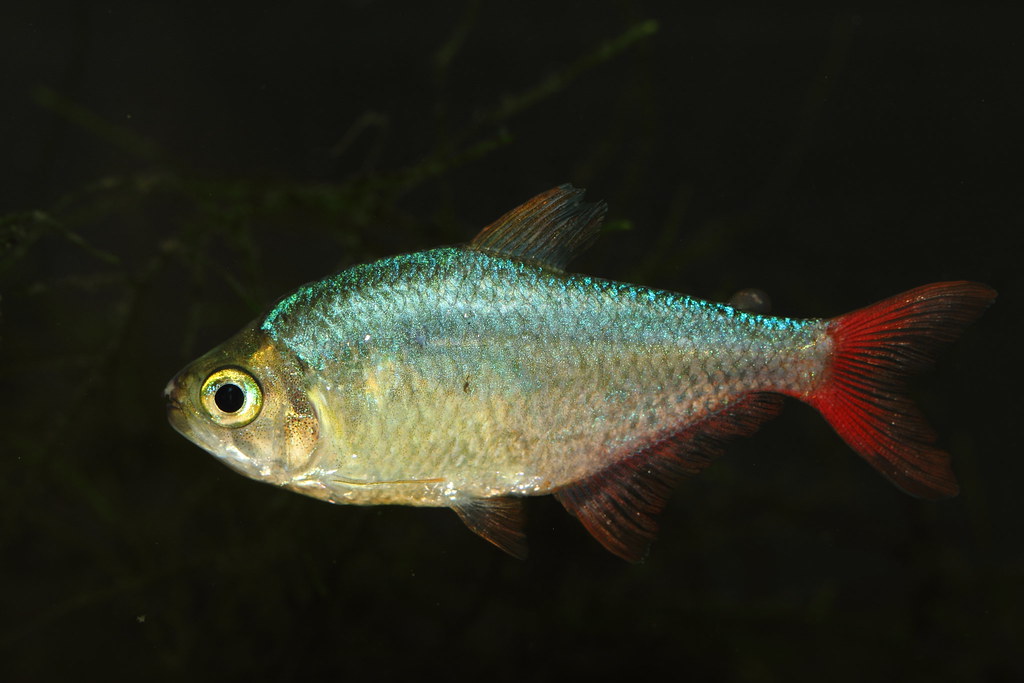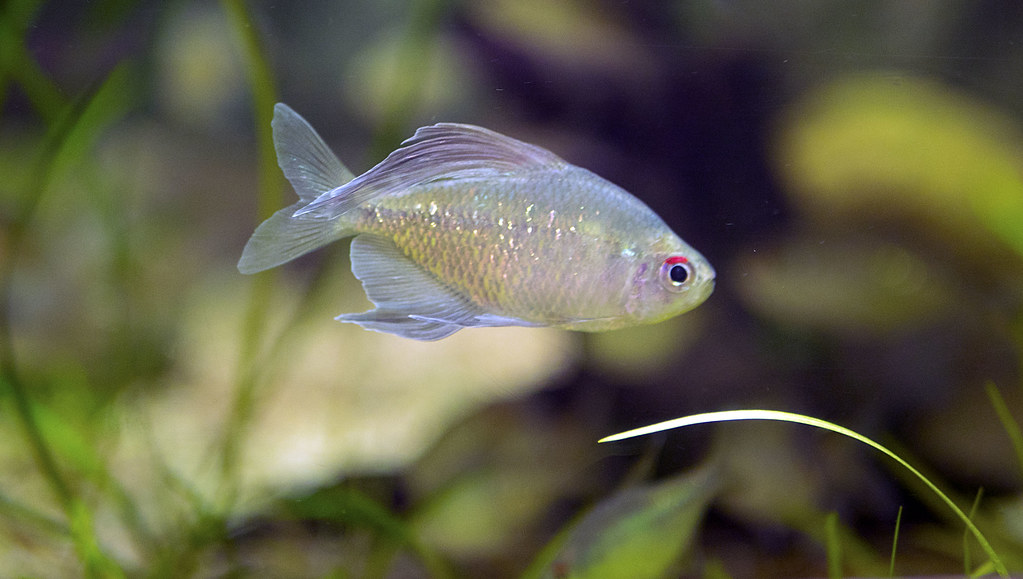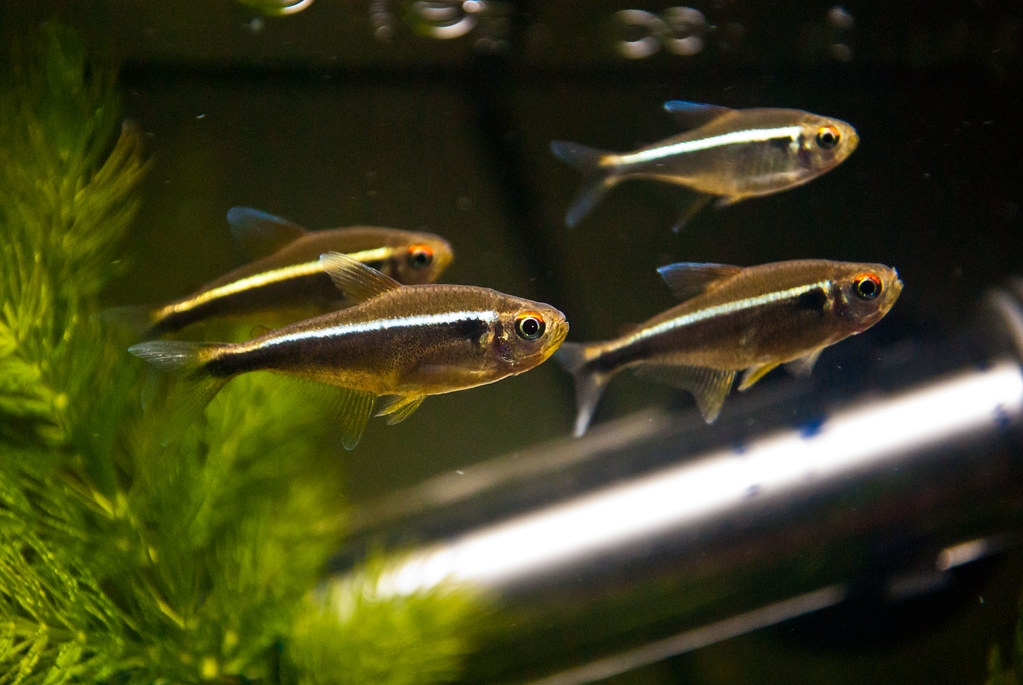Cryptocoryne Parva is the smallest known species of Cryptocoryne, requiring more light and growing slowly with narrow leaves. When planted with little spacing, it develops a low carpet over time, making it suitable for accentuating the foreground.
Propagation can be done naturally through rhizomes and runners or artificially through splitting. Cryptocoryne Parva can be purchased from various sources, including Tropica Aquarium Plants, Aquarium Plants Factory, and online marketplaces like Amazon and eBay.
Table of Contents
Habitat And General Information
Cryptocoryne parva, known as the smallest Cryptocoryne, requires more light and grows slowly with narrow leaves. Planted closely together, it forms a low carpet over time, making it ideal for accenting the foreground in aquariums.
Cryptocoryne Parva:
Cryptocoryne Parva is a small and unique plant species that is well-known for its narrow leaves and slow growth. In this section, we will discuss its natural habitat, climate and temperature requirements, water conditions and pH level, as well as its growth pattern and size.
Natural Habitat Of Cryptocoryne Parva
- Cryptocoryne Parva is native to the Austin, Texas area in the United States.
- It can also be found in other parts of Texas and some regions of North America.
- This plant species is often found growing in damp and shady areas, such as marshes, swamps, and streams.
- It thrives in areas with rich and nutrient-filled soil.
Climate And Temperature Requirements
- Cryptocoryne Parva prefers a subtropical climate, with temperatures ranging from 68 to 82 degrees Fahrenheit (20 to 28 degrees Celsius).
- It can withstand slightly higher or lower temperatures, but extreme fluctuations should be avoided.
- This plant species is sensitive to cold temperatures and cannot tolerate frost.
Water Conditions And Ph Level
- Cryptocoryne Parva requires clean and clear water to grow.
- It thrives in slightly acidic to neutral water, with a pH level between 6.0 and 7.5.
- Soft to moderately hard water is ideal for its growth.
- The water should have a low to medium level of hardness, with a total dissolved solids (TDS) range of 100 to 300 ppm.
Growth Pattern And Size Of The Plant
- Cryptocoryne Parva is known for its slow growth rate.
- It typically grows to a height of 2 to 4 inches (5 to 10 centimeters) and spreads in a carpet-like manner.
- Over time, it forms a lush and compact foreground carpet in aquariums.
- This plant species has narrow and elongated leaves, giving it a unique and attractive appearance.
Cryptocoryne Parva is a fascinating plant species that requires specific conditions for optimal growth. Understanding its natural habitat, climate and temperature requirements, water conditions, and growth pattern will help you provide the best care for this unique plant.

Credit: aquaticarts.com
Propagation And Growing Methods
Cryptocoryne Parva is a small aquatic plant that requires ample light for growth. It has narrow leaves and can be planted closely together to create a low carpet effect. This slow-growing plant is also suitable for accentuating the foreground of an aquarium.
Different Methods Of Propagating Cryptocoryne Parva:
Cryptocoryne Parva is a popular aquatic plant that can be propagated using various methods. Each method has its own advantages and can yield successful results. Here are three common methods of propagating Cryptocoryne Parva:
Division: Separating New Plantlets From The Parent Plant
- Gently remove the parent plant from the substrate.
- Carefully separate the plantlets that have grown around the parent plant.
- Plant the separated plantlets in a new area of the aquarium substrate.
- Provide them with adequate lighting and nutrients for healthy growth.
Runners: Allowing The Plant To Produce Offshoots
- Keep the parent plant in the substrate without disturbing it.
- Wait for the plant to produce offshoots known as runners.
- Once the runners have developed small plantlets, carefully detach them from the parent plant.
- Plant the individual plantlets in the desired location and provide proper care.
Tissue Culture: A Laboratory-Based Propagation Method
- Tissue culture involves growing Cryptocoryne Parva in a sterile laboratory environment.
- This method ensures disease-free plants with consistent growth patterns.
- Small tissue samples from healthy plants are placed in a nutrient-rich gel and allowed to grow.
- After sufficient growth, the plantlets are transferred to suitable substrates in aquariums.
Tips and techniques for successful propagation:
- Maintain a suitable water temperature between 68-82°F (20-28°C) for optimal growth.
- Provide moderate to high lighting levels to promote healthy photosynthesis.
- Ensure a nutrient-rich substrate or supplement with root fertilizers.
- CO2 supplementation can enhance the growth and development of Cryptocoryne Parva.
- Regularly trim and prune the plants to maintain their desired shape and prevent overcrowding.
- Be patient as Cryptocoryne Parva is a slow-growing plant, and growth may take several weeks to months.
Remember, successful propagation requires proper care, patience, and attention to detail. By choosing the right method and providing the necessary conditions, you can enjoy a thriving bed of Cryptocoryne Parva in your aquarium.
Planting And Care
Cryptocoryne Parva is a small plant known for its narrow leaves, slow growth, and ability to form a low carpet when planted closely together. It requires more light compared to other Cryptocoryne species and is perfect for accentuating the foreground of an aquarium.
Choosing The Right Substrate For Cryptocoryne Parva:
- Use a nutrient-rich substrate: Cryptocoryne Parva thrives in substrates that are rich in nutrients. Choose a substrate that contains a good balance of essential minerals and trace elements to encourage healthy growth.
- Opt for a fine-grained substrate: Cryptocoryne Parva has delicate roots, so it’s best to use a fine-grained substrate that won’t damage or stress the roots.
- Consider a sandy substrate: Cryptocoryne Parva naturally grows in sandy areas, so using a sand-based substrate can help replicate its natural habitat and promote better growth.
Optimal Lighting Conditions For Growth:
- Provide moderate to high lighting: Cryptocoryne Parva requires moderate to high lighting to ensure optimal growth. Insufficient light can lead to stunted growth or yellowing of the leaves. Consider using LED lights or fluorescent bulbs with a color temperature in the range of 6500-8000 Kelvin.
- Avoid intense direct lighting: While Cryptocoryne Parva needs adequate lighting, intense direct lighting can cause algae growth and damage the delicate leaves of the plant. Position the light source in a way that provides indirect or diffused lighting to the plant.
Watering And Fertilization Requirements:
- Maintain stable water conditions: Cryptocoryne Parva prefers stable water conditions, so avoid drastic changes in water temperature or pH level. Fluctuations can stress the plant and lead to poor growth or melting leaves.
- Use a liquid fertilizer: Cryptocoryne Parva benefits from regular fertilization. Choose a liquid fertilizer specifically formulated for aquarium plants and follow the manufacturer’s instructions for dosing. Be cautious not to overfertilize, as this can lead to algae problems.
- Consider adding root tabs: Cryptocoryne Parva can also benefit from the use of root tabs. These are small tablets containing slow-release nutrients that can be placed in the substrate near the plant’s roots. Root tabs provide a continuous supply of nutrients, supporting healthy growth.
Maintenance And Trimming Of The Plant:
- Remove dead or decaying leaves: Regularly inspect your Cryptocoryne Parva plant for any dead or decaying leaves. Gently remove these leaves to maintain the overall health and appearance of the plant.
- Trim overgrown or damaged leaves: If your Cryptocoryne Parva becomes overgrown or if any leaves are damaged, it’s advisable to trim them. Use clean scissors or pruning shears and cut the leaves close to the base of the plant.
- Control algae growth: Algae can be a common issue in aquariums. To prevent algae from overshadowing your Cryptocoryne Parva, maintain proper lighting, regularly clean the tank, and keep up with water changes. Additionally, you can consider introducing algae-eating fish or shrimp to help control algae growth.
By following these planting and care tips, you can create an ideal environment for your Cryptocoryne Parva to thrive and add beauty to your aquarium.
Troubleshooting And Common Issues
Cryptocoryne Parva is a small plant species that requires more light than other Cryptocoryne species. It grows slowly with narrow leaves and can be planted closely together to form a low carpet over time. It’s ideal for setting accents in the foreground of aquariums.
Cryptocoryne Parva, also known as the smallest Cryptocoryne species, requires specific care to thrive in an aquarium. While this plant can add beauty and charm to your tank, it’s important to be aware of potential issues that may arise. In this section, we will discuss common problems and diseases faced by Cryptocoryne Parva, how to identify and treat leaf rot, algae growth, and nutrient deficiencies, as well as tips for maintaining a healthy and vibrant plant.
Common Problems And Diseases Faced By Cryptocoryne Parva:
- Melting: Melting refers to the sudden decay of leaves in Cryptocoryne Parva. It often occurs when the plant is transitioning from emersed to submerged growth. This process is natural, and new leaves will eventually replace the decaying ones.
- Leaf Spot: Leaf spot is a fungal infection that causes small, dark spots on the leaves of Cryptocoryne Parva. To treat leaf spot, remove any infected leaves and improve water circulation and aeration in the tank. Fungicidal treatments can also be effective in eliminating the fungus.
- Snail Damage: Snails can nibble on the leaves of Cryptocoryne Parva, causing damage and hindering the plant’s growth. To prevent snail damage, regularly inspect and remove any snails or use snail traps. Additionally, providing enough food for the snails can distract them from your plants.
Identifying And Treating Leaf Rot, Algae Growth, And Nutrient Deficiencies:
- Leaf Rot: Leaf rot can occur if the roots of Cryptocoryne Parva are not properly established or if the plant is in poor health. Signs of leaf rot include yellowing and wilting leaves. To treat leaf rot, remove any affected leaves, improve water quality, and ensure the plant has access to the necessary nutrients.
- Algae Growth: Algae growth can be a common issue in aquariums, including those with Cryptocoryne Parva. To control algae growth, maintain proper lighting levels and duration, implement a regular water change schedule, and ensure proper nutrient balance. Manual removal of algae and the use of algae-eating fish or snails can also be helpful.
- Nutrient Deficiencies: Cryptocoryne Parva may suffer from nutrient deficiencies, including deficiencies in iron, potassium, and magnesium. Symptoms of nutrient deficiencies can include yellowing or stunted growth. To address nutrient deficiencies, consider using fertilizers specifically designed for aquatic plants and adjust the lighting and CO2 levels in the tank.
Tips For Maintaining A Healthy And Vibrant Plant:
- Lighting: Cryptocoryne Parva typically requires moderate to high lighting to thrive and grow properly. Ensure that your tank has adequate lighting for the specific needs of this plant.
- Substrate: Use a nutrient-rich substrate to provide the necessary nutrients for Cryptocoryne Parva. The substrate should be well-drained and have a small grain size to allow the plant’s roots to establish.
- Water Quality: Maintain clean and stable water conditions for Cryptocoryne Parva. Regular water changes, along with monitoring and adjusting the water parameters, can help keep the plant healthy.
- CO2 and Nutrient Supplementation: Consider supplementing the tank with CO2 and essential nutrients, such as iron, potassium, and magnesium, to promote healthy growth and vibrant foliage.
- Avoid Overcrowding: Give Cryptocoryne Parva enough space to grow and spread by avoiding overcrowding. This will ensure that each plant has access to light, nutrients, and space for healthy development.
Incorporating these tips and being vigilant for any signs of problems will help ensure the lush and vibrant growth of your Cryptocoryne Parva in your aquarium.
Summary And Conclusion
Cryptocoryne Parva is a small plant that requires more light than other species. It grows slowly with narrow leaves and can be planted close together to create a low carpet effect in aquariums. With its compact size, it is also ideal for foreground accents.
Cryptocoryne Parva is an intriguing plant that brings beauty and life to aquariums. In this section, we will recap the key points from the guide, discuss the importance of Cryptocoryne Parva in aquariums, and provide final thoughts and recommendations for growing and propagating this fascinating plant.
Let’s dive in!
Recap Of Key Points From The Guide:
- Cryptocoryne Parva is the smallest known Cryptocoryne species, with narrow leaves and a slow growth rate.
- It requires more light than many other Cryptocoryne species, making it important to provide adequate lighting in your aquarium.
- When planted closely together, Cryptocoryne Parva develops into a low and cohesive carpet, creating a visually appealing foreground.
- It is also great for setting accents when planted individually, thanks to its slow growth rate.
- Consider using Cryptocoryne Parva to enhance the aesthetics of your aquarium and create a captivating underwater landscape.
Importance Of Cryptocoryne Parva In Aquariums:
- Cryptocoryne Parva adds an element of natural beauty to aquariums, mimicking the lush greenery found in the wild.
- The low and cohesive carpet formed by Cryptocoryne Parva creates a visually appealing foreground and serves as a hiding place for small aquatic creatures.
- This plant also helps to create a balanced ecosystem in the aquarium by providing oxygen and absorbing excess nutrients, promoting a healthy and thriving environment for fish and other aquatic organisms.
- Cryptocoryne Parva is a versatile plant that can be used in various aquascaping styles, including nano tanks, iwagumi layouts, and larger aquariums. Its adaptability makes it a favorite among aquarists.
Final Thoughts And Recommendations For Growing And Propagating This Fascinating Plant:
- Provide your Cryptocoryne Parva with sufficient lighting to ensure optimal growth. LED lights are often recommended for this purpose.
- Use a nutrient-rich substrate to promote healthy root development and provide essential nutrients to the plant.
- Regular water changes and the addition of fertilizers specifically formulated for aquarium plants will provide the necessary nutrients for Cryptocoryne Parva’s growth.
- If you wish to propagate this plant, you can either divide the runner into smaller portions or collect and plant the plantlets that sprout from the mother plant.
- Take care not to damage the delicate leaves and roots when planting or moving Cryptocoryne Parva, as they are fragile.
- With patience and proper care, you can enjoy the beauty of Cryptocoryne Parva as it thrives and enhances the overall aesthetics of your aquarium.
Cryptocoryne Parva is a captivating and versatile plant that adds beauty and life to aquariums. Its unique characteristics and adaptability make it a popular choice among aquarists. By following the recommended guidelines for growing and propagating this fascinating plant, you can create an aesthetically pleasing and thriving underwater environment in your aquarium.
Conclusion
Node, and plant it separately. This will allow the cutting to develop its own roots and eventually grow into a new plant. It’s important to ensure that each new plant has enough space to grow, as Cryptocoryne parva tends to form a dense carpet when planted closely together.
Additionally, providing adequate lighting and substrate nutrients will promote healthy growth and help the plant spread more effectively. The low growth rate of Cryptocoryne parva makes it a great option for creating a visually appealing foreground in aquariums. Its narrow leaves add an elegant touch to any aquascape, and its ability to thrive in a wide range of water parameters makes it suitable for both beginners and experienced aquarists.
Whether you’re looking to create a lush carpet or simply add some accents to your tank, Cryptocoryne parva is a versatile and beautiful choice.
Frequently Asked Questions Of Cryptocoryne Parva
Does Cryptocoryne Parva Spread?
Yes, Crypt Parva spreads naturally through rhizomes and runners. It can also be artificially propagated through splitting the top stem of the mother plant.
Does Cryptocoryne Parva Need Co2?
Cryptocoryne parva may need CO2 because it usually requires more light compared to other species.
Does Cryptocoryne Parva Need Soil?
No, cryptocoryne parva does not need soil. It can be planted directly in the ground.
How Big Does Crypt Parva Get?
Cryptocoryne parva is the smallest known Cryptocoryne species. It grows slowly and forms a low carpet when planted closely together.
References
| Aquatic Plant Society | https://www.aquaticplantsociety.org/ |
| Aquatic Veterinarians | https://www.aquavetmed.info/ |
| International Aquatic Plants Society | https://www.iapso-online.com/ |

